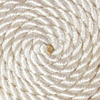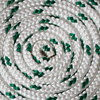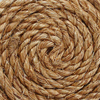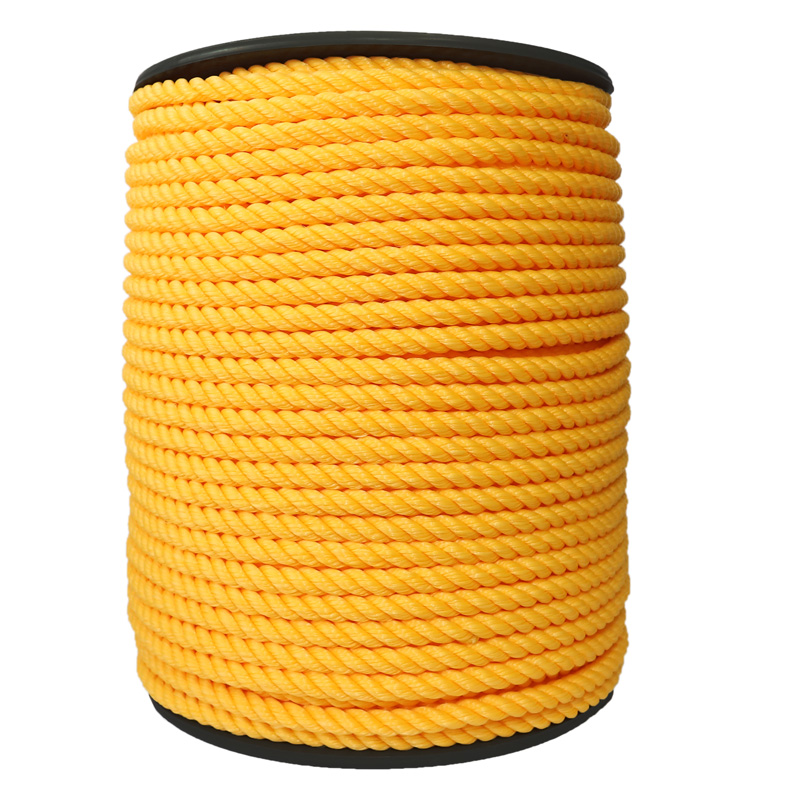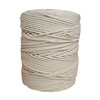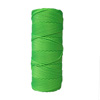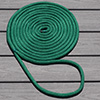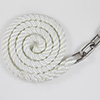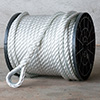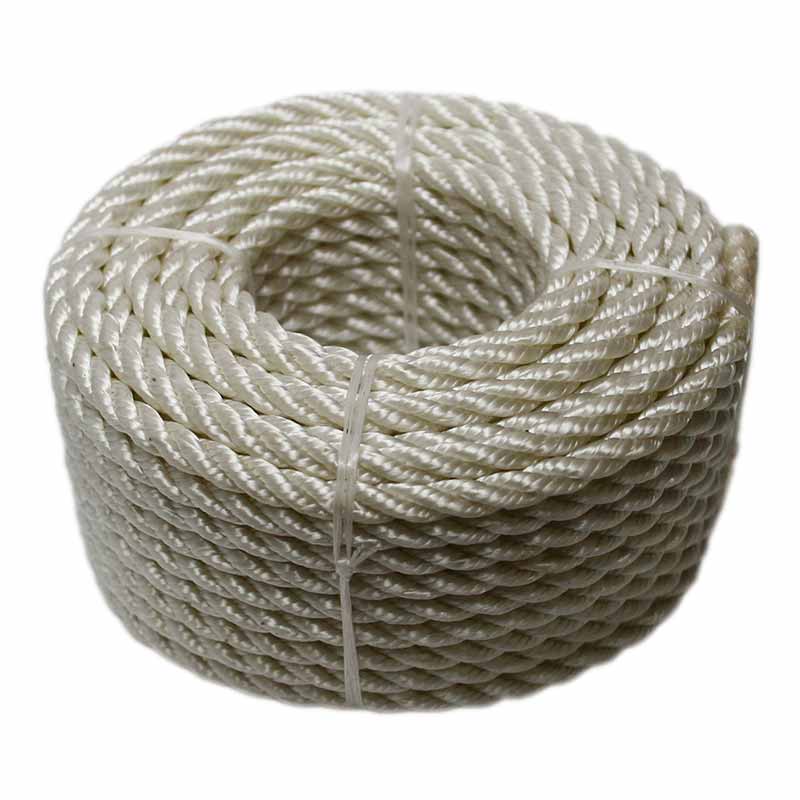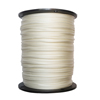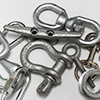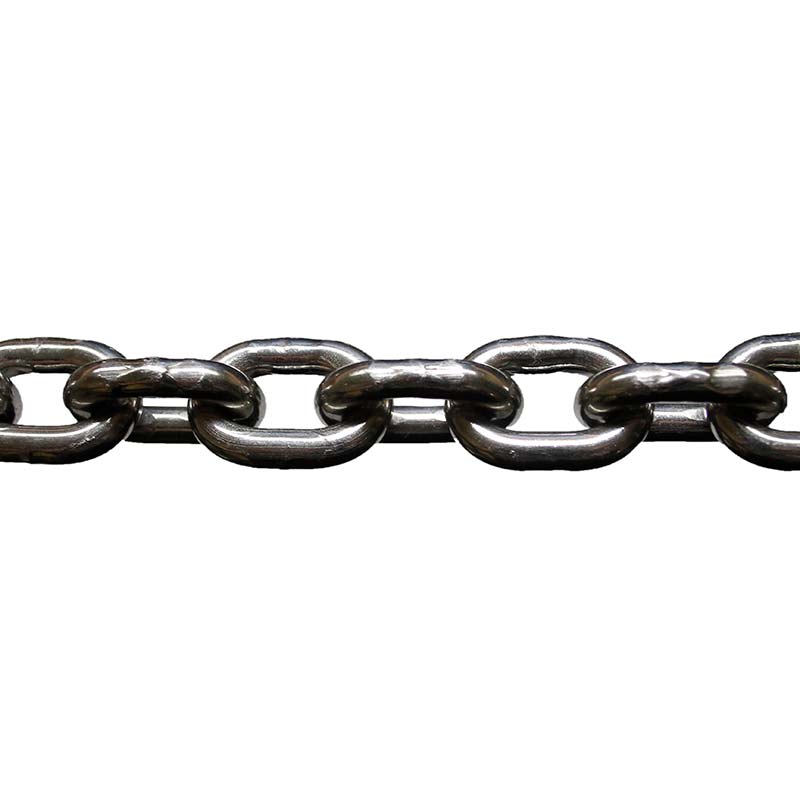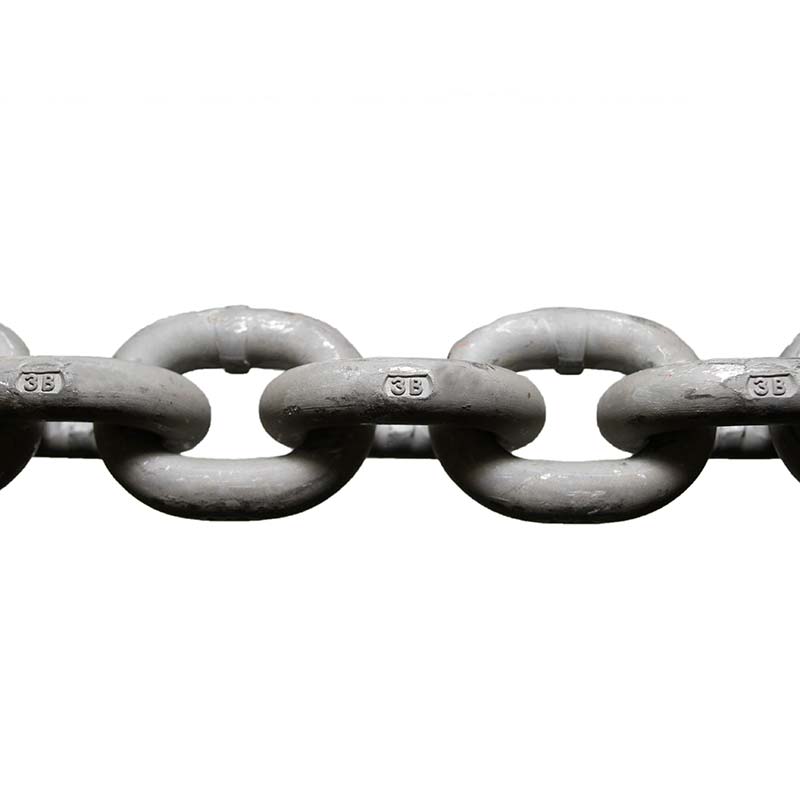Help Center
Why would I want to buy from American Rope?
American Rope offers products that are made right here in America. When you buy an American Rope product, you can rest assured that you’re buying a quality product. Our fiber rope is manufactured to the standards of the Cordage Institute; an organization that sets the U.S. standards for fiber rope production. We hand craft dock lines, anchor lines, mooring lines, fender lines and tow bridles. We stand behind our craftsmanship and products, while many of our products are unique and made-to-order, if there is a problem with what you’ve received, contact us and we’ll work with you right away to resolve the issue – no hassles. We proudly sell to the U.S. Government, U.S. Coast Guard and naval fleets throughout the world.
Once I order my rope how long will it take before you ship it out?
Items that are on the shelf will ship out within 2 business days. Items that we will splice for you are made to order, these items typically take 3-5 business days, we do our best to ship items out sooner and if you’re in a rush let us know – we’ll try to help you out. For rope that’s not on the shelf and needs to be made, we don’t always have 5/8” pink polyester ready to go but we’ll make it up for you, these orders typically take around 2 weeks.
Can you tell me how you make your rope?
With lots of love! We manufacture Double Braid, 3-Strand Twist, 8-Plait and 12-Plait in both nylon and polyester fibers depending on the application. We also manufacture Spectra fiber 12-strand rope when your application calls for a stronger rope.
What is the difference between Nylon and Polyester?
The major difference between Nylon and Polyester is stretch. Nylon rope will stretch approximately 10% to 15% under normal working loads, which is desirable quality when looking for dock lines. There is a high strength-to-weight ration and excellent energy absorption- the ability to stretch under a load and then return to near its original length when the load is removed. Polyester fibers are relatively low stretch, no water absorption (no shrinkage), very good ultraviolet resistance, and excellent abrasion resistance, particularly when wet. A great material for pulling applications and sailors.
Why synthetic material over natural fibers?
It really depends on the uses of for the rope or cordage. Historically, cordage ropes and twines were made from natural (vegetable) fibers. At no time in history of rope have there been so many developments in fibers as in the last 15 years. While natural fibers are still important for some applications, virtually all modern cordage products are produced from man-made fibers. Between the differences in the abilities to withstand high temperatures, float, and it's rate of degradation, there is a fiber now suitable for almost any working condition.What diameter rope do I need for my vessel? There is a standard guideline to determine which diameter rope is appropriate for your sized vessel. (((Insert Chart here)))
How can I make sure I am using my products safely?
We generally recommend a Safety Factor of 5:1 when using our products, however you know your application best and sometimes its better to build in a higher Safety Factor. The Tensile Strength of the product is also known as the Breaking Strength, if you have a product that has a Tensile Strength of 1,000 lbs then the Safe Working Load Limit is 200 lbs. Don’t go over the 200 lbs if you want to use your product safely. Tying knots in your ropes will significantly reduce the strength of the rope. Inspect your product for damage, cut strands or exposed cores – these things happen over time and if you spot them then its time to replace it. Use common sense, call or email us if you have any questions – we’re here to help. If you really want to geek it up then check out the Cordage Institute’s website for more info: http://www.ropecord.com/new/CI1401.PDF
Who do I call if I have any questions not on the Help Center?
You can give us a call here if you need further assistance on your purchase (786) 631-1242
I live in Florida and visit Miami on a regular basis, can I pick up my order at your warehouse?
At the moment we are not set up for any warehouse pickups. This may change in the near future and if it does you will be able to choose the “pick up in-store” option on the check out page. But for now, we can only ship to you from Miami, FL.
What if the rope I choose is purple, but I do not think the rope really is purple when I get it, can I return it?
We have done our best to display as accurately as possible the colors of the products shown on our Site. However, because the colors you see will depend, in large part, on your monitor, we cannot guarantee that your monitor’s display of any color will be accurate. If you’re not sure on a color, we’re more than happy to send you out a sample before you pull the trigger on your order. However, once we cut the rope or make your custom assembly it’s yours to keep. We don't accept returns on custom assemblies or custom cut lengths or merchandise.
I live overseas. Can you ship me products and if so, who pays the taxes?
Absolutely, for really great destinations, we might be talked in to hand delivering your order! Please note that as a buyer you are responsible for any tax or governmental charge imposed upon the sale or transfer of any product including all import and duty taxes.
Rope Buying Tips:
How to determine the correct lines for your vessel
• Bow and Stern Lines: Recommended length is 2/3's the length of the vessel.
• Spring Lines: Recommended length is the full length of the vessel.
• The position of cleats on the vessel and dock may affect the length of the dock lines.
Boat Length up to 20ft - Dockline diameter 3/8"
Boat Length 20ft to 30ft - Dockline diameter 1/2"
Boat Length 30ft to 40ft - Dockline diameter 5/8"
Boat Length 40ft to 70ft - Dockline diameter 3/4"
Boat Length 70ft to 90ft - Dockline diameter 7/8"
Boat Length 90ft to 110ft - Dockline diameter 1"
Boat Length 110ft to 130ft - Dockline diameter 1-1/8"
Boat Length 130ft to 150ft - Dockline diameter 1-1/4"
Boat Length 150ft to 180ft - Dockline diameter 1-1/2"
Boat Length 180ft to 200ft - Dockline diameter 1-3/4"
7:1 Scope Ratio for your Anchor Rode or Anchor Line
Scope is the ratio of the length of the deployed anchor rode to the height of the bow chock above the seabed. The greater the scope the more horizontal the pull on the anchor, and the better it will hold.
To determine how much rope to let out to get a 7:1 scope, you measure the depth of the water, add the boat's freeboard at the bow, and multiply that sum by 7. But, knowing the length won't help you a bit unless you can determine when you have let out that much rope. So the very first thing to do with your new anchor line is to mark it. You can do this with a marking pen, but short yarns or tapes inserted throughout the strands is more durable and can be identified in the dark by feel.
Scope 10:1 - Holding Power 100%
Scope 7:1 - Holding Power 91%
Scope 6:1 - Holding Power 85%
Scope 5:1 - Holding Power 77%
Scope 4:1 - Holding Power 67%
Scope 3:1 - Holding Power 53%
Scope 2:1 - Holding Power 35%

